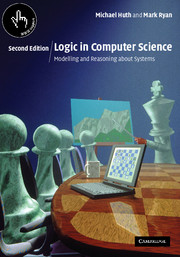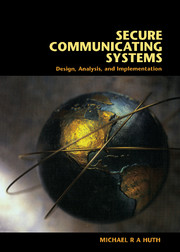Modes of truth
In propositional or predicate logic, formulas are either true, or false, in any model. Propositional logic and predicate logic do not allow for any further possibilities. From many points of view, however, this is inadequate. In natural language, for example, we often distinguish between various ‘modes’ of truth, such as necessarily true, known to be true, believed to be true and true in the future. For example, we would say that, although the sentence
George W. Bush is president of the United States of America.
is currently true, it will not be true at some point in the future. Equally, the sentence
There are nine planets in the solar system.
while true, and maybe true for ever in the future, is not necessarily true, in the sense that it could have been a different number. However, the sentence
The cube root of 27 is 3.
as well as being true is also necessarily true and true in the future. It does not enjoy all modes of truth, however. It may not be known to be true by some people (children, for example); it may not be believed by others (if they are mistaken).
In computer science, it is often useful to reason about modes of truth. In Chapter 3, we studied the logic CTL in which we could distinguish not only between truth at different points in the future, but also between different futures.

